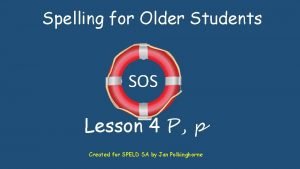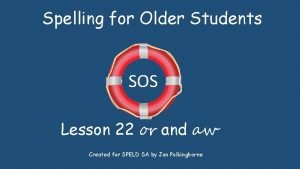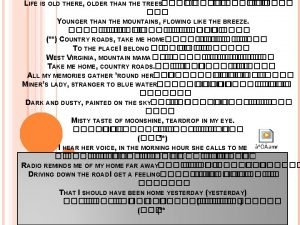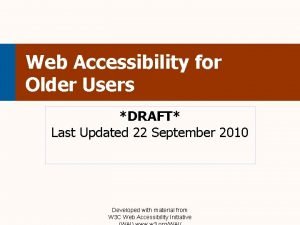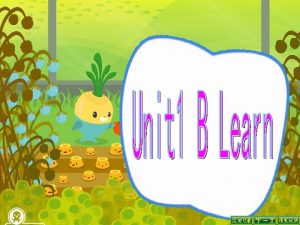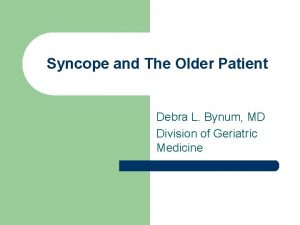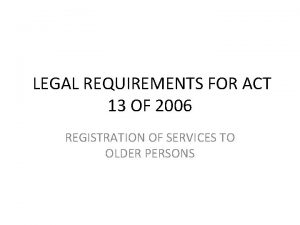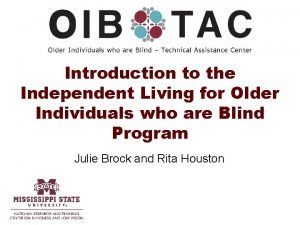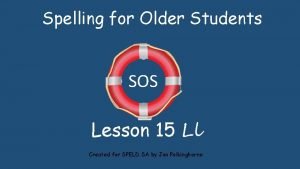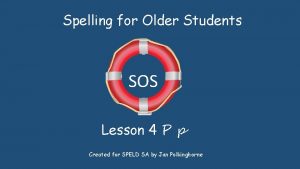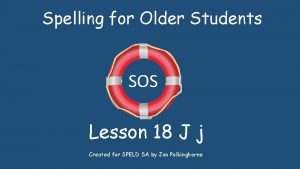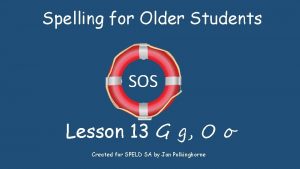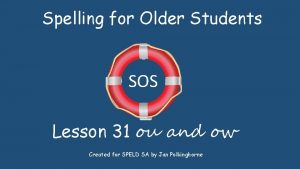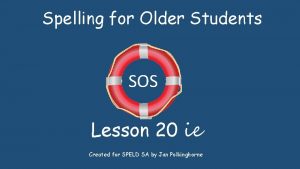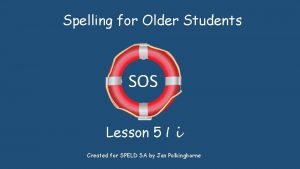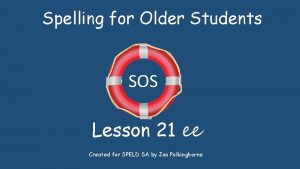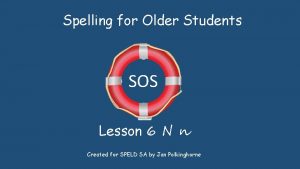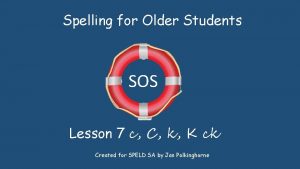Spelling for Older Students SOS Lesson 22 or














- Slides: 14

Spelling for Older Students SOS Lesson 22 or and aw Created for SPELD SA by Jan Polkinghorne

Sounds in a word Say the names of these pictures. Use your fingers to count how many sounds in each word. NOTE that is sounds not letters. h-or-s 3 Click for answers 4 c-l-or-z s-or-s 3

Rhyming words. Find words to rhyme with each of these. door poor store floor score boor tore port short fort bought caught nought

What is the same about these pictures? Say the words aloud. They all have or sound: Click the box for the answer. Tortoise, torch, horse, snore, port or wharf, snorkel, walk, corn, horn, dawn, storm, sauce.

‘or’ is an r controlled vowel. All letters in our alphabet belong to one of two groups ‘or’ sound begins with lips rounded and the tongue pushed back and held middle-low in the mouth. To transition to the r part of the sound, the lips relax and the tongue moves upward and forward. The midsection of the tongue raises so the sides of the tongue touch the middle teeth. Air moves over the tongue to make the r part of the sound. Sort all of your bottle top letters into vowels and consonants. We need to know whether a letter is a vowel or consonant to help us apply spelling rules.

Complete the requirements for the next screen before proceeding. See Instructions. Use your ears and listen carefully.

BEWARE! Use your ears and listen carefully. An old donkey and some sheep live next to a small corn field. Nora and Paul like to go and talk to the donkey. The donkey is always very pleased to see them. When he sees them coming, he brays, “ee or!” and waggles his ears up and down in greeting. One August morning, the children go for a walk to see the donkey; “ee or!” he calls out, happily. They give the donkey a carrot. “The carrot comes from my garden, ” says Nora. “I have carrots and sweetcorn growing there. ” As they are talking to the donkey, big raindrops begin to fall. Behind the children is an enormous rain cloud. “I think we had better walk home quickly, ” says Paul. “There is a storm coming. We will have to run home as fast as we can. ” The children run off, waving to the donkey.

How to write the letters ‘or aw’ Linked script is far better to write than printing. It is faster, easier, more comfortable to write for long periods and your brain learns the words better if they are linked. or aw an awful storm 12

There are many ways to write or sound. The most common are: ‘or’ and ‘aw’. The next most used are: ‘al’ and ‘oor’.

or most common, middle or end of words or sport horn for* ford horse corn worn snort short storm aw next most common claw lawn caw paws* yawn drawn prawn straw crawl al all* hall* ball* call fall stall walk talk* chalk stalk oor not very common poor* door floor* boor

How many words can you make using these letters? c, p, s, t, n, u, aw, or, m, f You may use a letter as many times as you like in a word. What is the longest word you can make? You might be able to apply the doubling rule if you think of longer words.

Tricky Words – non phonetic more Click to reveal the word before Click to reveal the word

Revision Time to revise Set 21 Tricky Words

Instructions. • Slide 2 counting sounds in a word. The answer is frequently not the same as the number of letters in the word. • Slide 3 Rhyming words • Slide 4 Hearing or sound. • Slide 5– knowing vowels and consonants is vital for learning spelling rules. Multisensory learning (feeling the formation of a sound) is useful for many students. Rule 1: If the short vowel pronunciation doesn’t work to make a word try the long vowel. • Slide 6 and 7. Read the story for or aloud. Ask each student to keep a tally of how many or sounds they hear in the story. Compare results. They need to use ears not eyes. Hand each student a copy of the story. Read it aloud again and have students mark each ‘or’ sound as they go. • Slide 8–writing or and aw and linking. Handwriting I have used Sego Script because it is freely available on most computers. Research is now showing that linked script is more ergonomic and helps with retention of spelling. Many prospective employers are expecting job applications to be handwritten and many exams have to be handwritten. It is still a necessary skill. • Slide 9 – The 4 most common ways of writing or sound in English are: or ( most common), aw next most common, al and oor • Slide 10 - The 4 most common ways of writing or sound in English. * means it is a homophone. This is a good time to explain this term to students. • Slide 11 - How many words can you make using these letters? c, p, s, t, n, u, aw, or, m, f • Slide 12 and 13 Tricky words. These words are high frequency, often non phonetic and have to be learnt by rote for both spelling and reading. Spell with alphabet names. Do not sound.
 Sos spelling for older students
Sos spelling for older students Sos spelling for older students
Sos spelling for older students Life is older older than the trees
Life is older older than the trees Dominican professors were hostile to rizal
Dominican professors were hostile to rizal Spelling lesson 2: content words
Spelling lesson 2: content words Web accessibility for older users
Web accessibility for older users Younger shorter older old
Younger shorter older old Syncope in the older patient is
Syncope in the older patient is Antiform
Antiform Mental health and older adults
Mental health and older adults Dq98 form
Dq98 form Intellectual development in older adulthood
Intellectual development in older adulthood Older individuals who are blind program
Older individuals who are blind program Mental health and older adults
Mental health and older adults Altered cognition in older adults is commonly attributed to
Altered cognition in older adults is commonly attributed to
